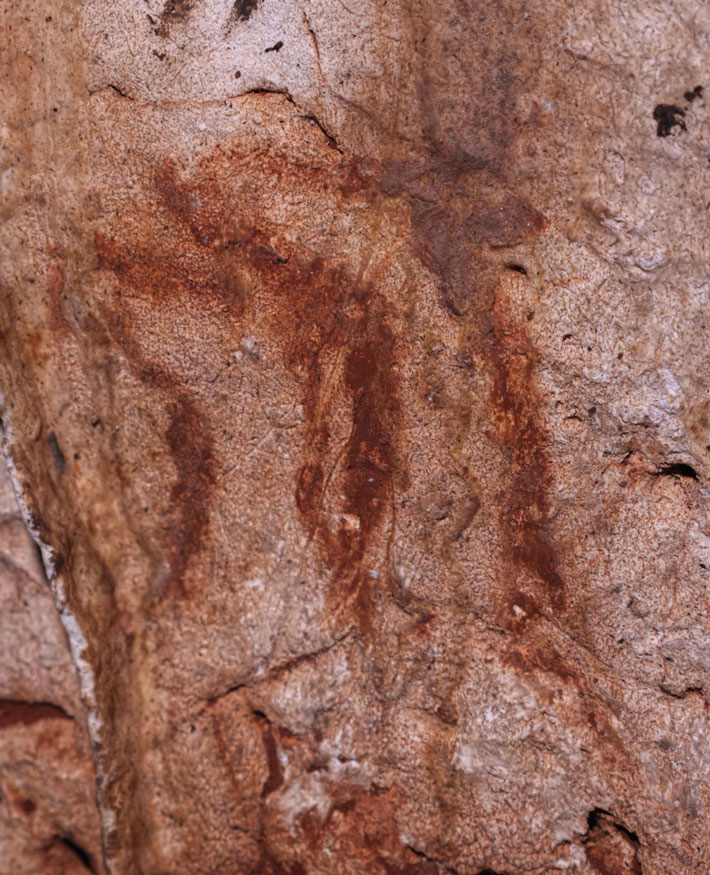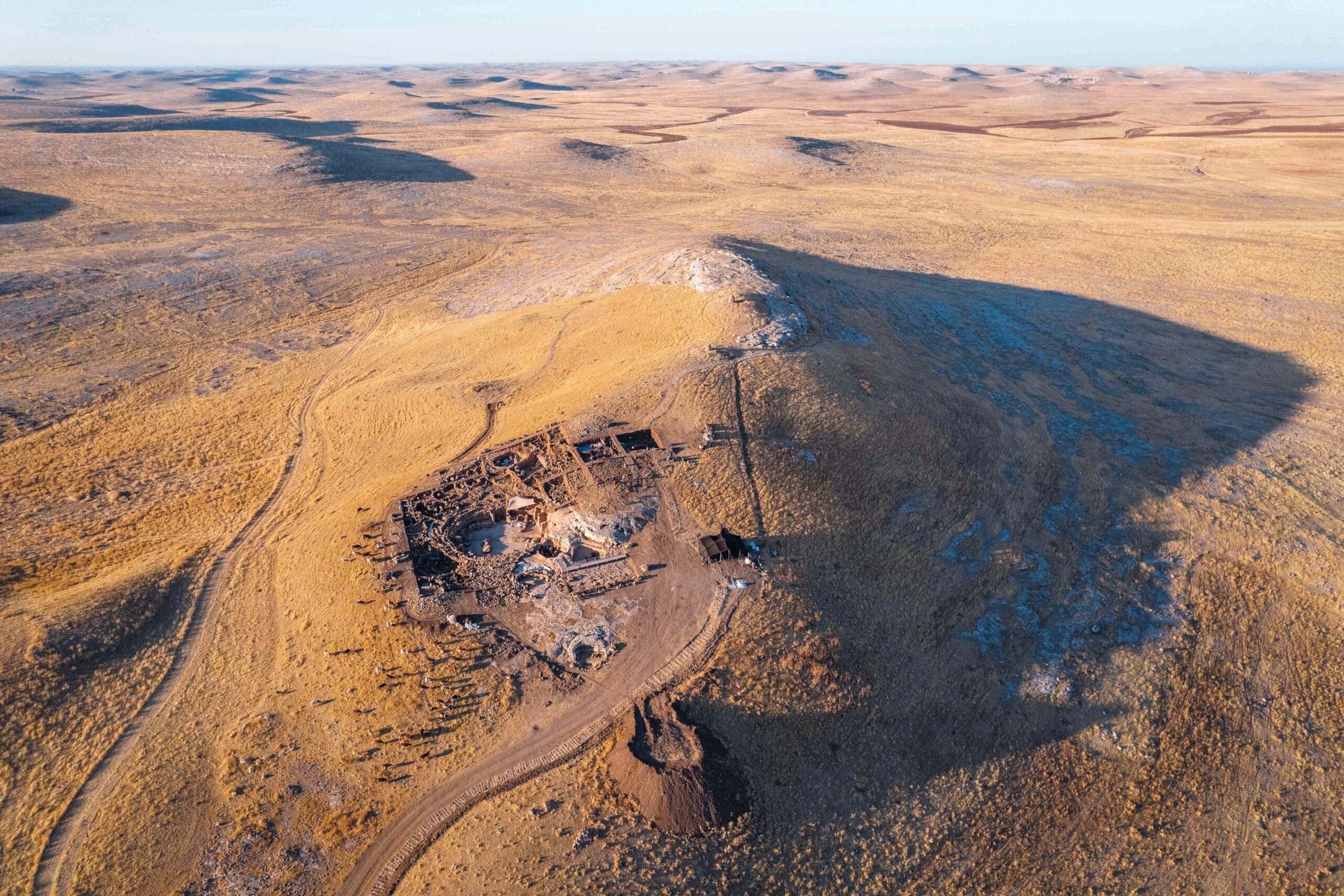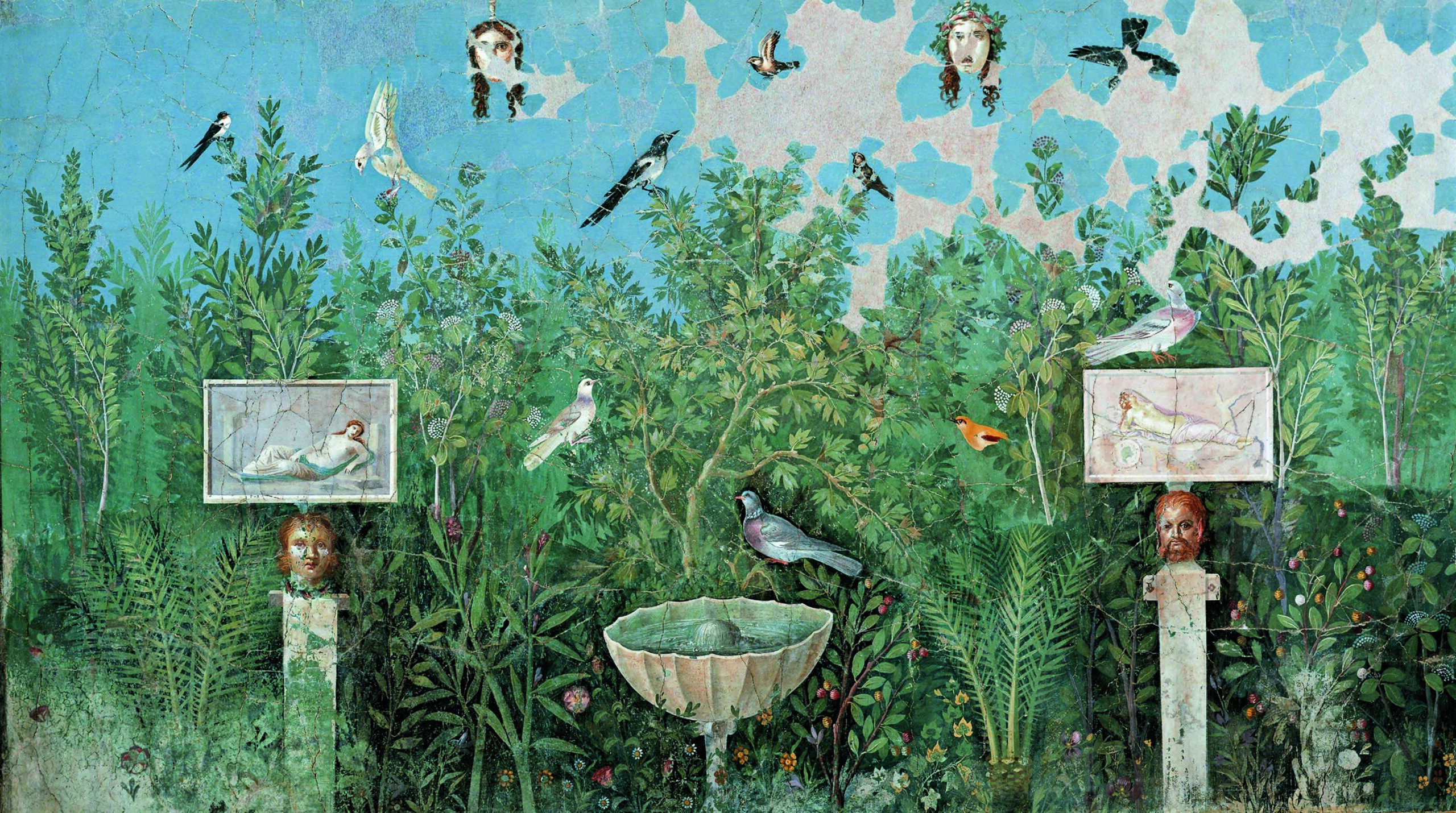

Deep inside Cova Dones, a cave in the province of Valencia in Spain, archaeologists have found more than 100 paintings and engravings, some of which they have dated to almost 25,000 years ago. The artworks depict geometric motifs and animals including deer, aurochs, and horses. Claw marks on the cave walls, some of which are scratched into the artwork, belong to a species of cave bear that went extinct around 24,000 years ago. The style of the incised and painted figures is similar to artwork in other Iberian caves that is known to have been made more than 20,000 years ago. A team of researchers led by archaeologist Aitor Ruiz-Redondo of the University of Zaragoza dated the paintings and engravings based on these stylistic features and the presence of the claw marks.
Paleolithic artists created the works using two techniques rarely seen in rock art of the period in the area. They incised some of the figures by scraping lines into limestone that had accumulated on the wall surfaces, a process that has not been documented elsewhere in eastern Iberia. The paintings were produced by smearing iron-rich red clay from the cave floor onto the walls, another technique not common in the area. Water in the cave has a high lime content, which caused it to act as a kind of natural paint fixative. “The drying process was probably rather slow, as the environment of the cave is quite humid,” Ruiz-Redondo says. “This gave time for calcite layers to form that covered some parts of the paintings, preserving them until now.”











